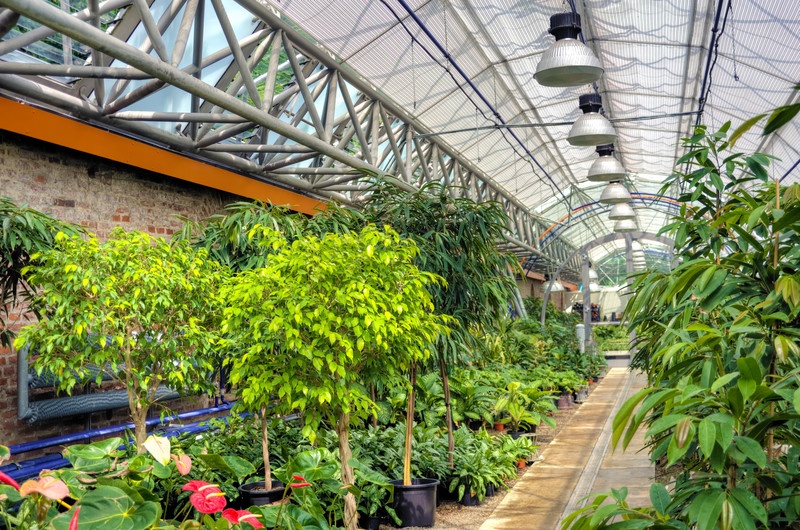Plant Walls or Green walls are increasingly appearing as an eco-friendly architectural element incorporated into aesthetic elements of new and redesigned buildings. Plant walls are vertically built soil holding structures designed to accommodate sustainable plant growth. Wall designs utilize natural and LED grow light sources, irrigation, and drainage systems, which incorporate water recirculation.
Walls can accommodate smart technology including automated irrigation, air purification and plant health monitoring. Not completely self-sufficient, maintenance is required to remove dead plant materials and weeds plus periodic replanting.
Advantages of Plant Walls
Numerous benefits result from green walls besides looking pretty. Outdoor green walls insulate buildings, capture rainfall, and provide habitat for insects and birds. The transpiration process of plants decreases ambient temperatures resulting in decreasing the heat island effect common in cities.
Interior plant walls offer the benefits found in exterior wall structures plus according to an EPA study the ability to operate as a natural air purifier extracting several chemicals from the building atmosphere including CO2, formaldehyde, xylene and benzene. Both the plant leaves and the micro-organisms in the soil contributed to improved air quality.
Health Benefits of Plants
Overwhelming evidence from numerous studies reveal people-nature contact with vegetation provides abundant benefits to human health and well-being. Evidence suggests exposure to plants and viewing greenery reduces stress, improves attention span, and performance of various cognitive tasks.
Research, summarized in Biophilic Design: The Theory, Science and Practice of Bringing Buildings to Life (Kellert, Heewagen and Mador,2003) shows that people in spaces with vegetation compared to those lacking vegetation are more likely to experience the following outcomes:
Psychological and physiological stress reduction
More positively toned moods
Increased ability to re-focus attention
Mental restoration and reduced mental fatigue
Improved performance on cognitive tasks
Reduced pain perceptions in health care settings
Improving Plant Growth with LED Grow Lights
Indoor wall installation is enhanced with LED lighting to optimize plant growth. Grow light LEDs can control emission of wavelengths of 400nm to 700nm for optimize chlorophyll production. This capability means LED lighting can be tuned to accommodate plant growth throughout its life cycle. An added LED benefit is enhancing photosynthetic photon flux density (PPFD), which improves the amount of light delivered to a plants surface resulting in better plant quality.
LED grow lights provide other benefits including operating at cooler temperatures working in concert with humidity control systems. Adding to the list of benefits is significantly lower electricity use thus lower utility costs and with LED longevity of 50,000+ hours reduced maintenance expenses.
EcoCentricNow LLC via our HaveLight.com website offers a wide assortment of interior and exterior LED lighting to complement a range of building architectural designs and property renovations.


Recent Comments